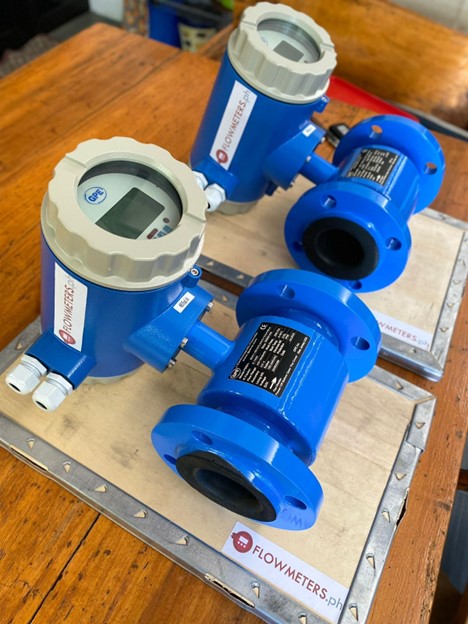Electromagnetic Flowmeter and their Popularity

Despite introducing new technologies to measure flow in unique ways, the electromagnetic flow meter is still as popular as ever. One reason for this is that consultant engineers who specify flowmeters are familiar with the technology and trust it implicitly.
How do Electromagnetic Flow Meters work?
If you are a university student studying the various working principles of the magnetic flow meter, you will come across something known as Faraday’s Law, which is mathematically defined as,
E=K*B*D*V.*T.
The *Induced voltage is directly proportional to the velocity of the fluid moving through the magnetic field. This induced voltage is literally carried to the transmitter through the electrode circuit. *Induced voltage is produced as a result of electromagnetic induction.
So the question we need to ask is what is induction?
We are told the following:
Electric, or electrostatic, induction is a method to create or generate static electricity in a material by bringing an electrically charged object near it. This causes the electrical charges to be redistributed in the material, resulting in one side having an excess of positive (+) or negative (−) charges.
All of the above are well known by those who have learned basic electronics, but the magnetic flow meter designers who produce the flow products have done the actual work. Not all electromagnetic meters are equal, and this is because not all applications are the same. The most popular applications are raw water and wastewater. In these cases, plenty of minerals are present in the liquid, which paves the way to measure the induction easily. In cases where there are no minerals present, e.g., de-ionized water, the consultants might want to opt for an ultrasonic device that does not depend on electromagnetism, and the flow rate will be calculated by either the Doppler shift, the transit time of a signal through a pipe or some other cross-correlation method and in some cases a combination of them all.
Magnetic flow meters will be around for a long while because it is difficult to change something if it has been known to work well. Flowmeters.ph has introduced other technologies which can replace magnetic meters, but, like anything – it takes some time to convince the users. The users will examine the convenience levels, pricing, and other factors determining the technology selection. For large-size pipes, the clamp-on method is attractive, not only because of price but also because of ease of installation. One of our suppliers has produced clamp-on flowmeters that work well in almost any condition. This includes contaminated liquids and flows that experience very low or extremely high velocities. At our test facility, the users can witness more than one technology competing with another, i.e., testing at different flow velocities.
If you are interested in these topics and need more information or a demonstration of some of the technologies mentioned above, do not hesitate to contact us.
Due to the ever-increasing demand for water in the Philippines, measuring flow rates of industrial water supply, drinking water and wastewater is an important factor for a healthy economy. Magnetic Flow Meters are still as popular as ever. For more information and specifications on our range of Magnetic Flow Meters.










